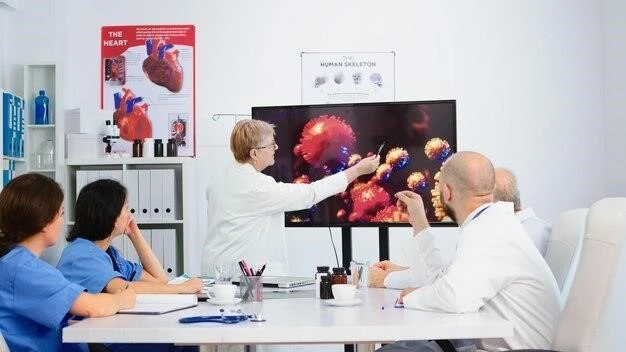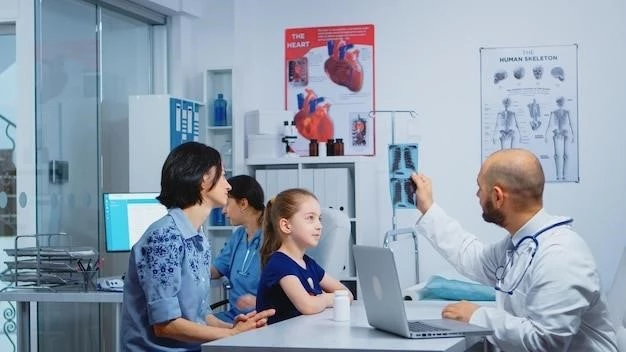Overview of Pulmonary Hypoplasia Familial Primary
Epidemiology
Pulmonary hypoplasia affects approximately 1․4% of all live births٫ but the true prevalence is challenging to determine due to variations in detection and diagnostic criteria․ In cases of premature rupture of membranes٫ the reported prevalence ranges from 9-28%․ Familial primary pulmonary hypoplasia is a rare condition with isolated genetic developmental defects٫ potentially following an autosomal dominant mode of inheritance․ It may present with severe respiratory distress in neonates․

Incidence of pulmonary hypoplasia ranges from 9 to 11 per 10٫000 live births٫ often noted in neonates or early childhood․ The condition can be classified based on the presence of bronchial tree٫ pulmonary parenchyma٫ and vasculature․ Familial cases of primary pulmonary hypoplasia have been reported٫ suggesting autosomal inheritance․ Further studies are needed to explore the genetic etiology of this rare condition and its impact on mortality rates․
Clinical Presentation
Primary pulmonary hypoplasia familial primary can manifest in neonates with severe respiratory distress, small lung volume, decreased breath sounds, and unresponsiveness to treatment․ The condition may affect overall development, heart function, and feeding․ It can lead to pulmonary hypertension, high blood pressure in lung arteries, and impaired gas exchange․ Familial cases suggest an autosomal mode of inheritance, with rare primary isolated bilateral occurrences․ Pulmonary vasodilators and echocardiography may aid in management and diagnosis․
Diagnosis and Testing
Diagnosing primary pulmonary hypoplasia familial primary involves evaluating symptoms like severe respiratory distress in neonates, small lung volume, and decreased breath sounds․ Diagnostic tests such as echocardiography, pulmonary vasodilator introduction, and chest radiographs aid in confirming the condition․ The utilization of lung structure assessments like alveolar radial count estimation and bronchial tree evaluations help characterize the lung’s underdevelopment․ Considering the rarity and complexity of the disease, ongoing research focuses on identifying genetic mutations or transcription factors contributing to primary pulmonary hypoplasia․
Management and Treatment
Management of familial primary pulmonary hypoplasia involves utilizing pulmonary vasodilators as indicated, especially in cases where pulmonary hypertension complicates the condition․ Echocardiography plays a crucial role in confirming the diagnosis․ While the use of inhaled nitric oxide (iNO) has shown inconsistent effects on mortality rates in pulmonary hypoplasia, ongoing research is geared towards enhancing treatment outcomes․ As the disease can impact various systems such as cardiovascular and central nervous systems, a multidisciplinary approach involving respiratory specialists, cardiologists, and developmental pediatrics is essential for comprehensive management․
Genetics and Inheritance
Familial primary pulmonary hypoplasia is a rare condition with isolated genetic developmental defects and potential autosomal dominant inheritance patterns․ Some familial cases have shown occurrences in both males and females, suggesting a complex genetic etiology․ Ongoing research aims to further understand the underlying genetic mutations or transcription factors contributing to primary pulmonary hypoplasia and its familial transmission․ Identifying the specific genetic mechanisms involved in the inheritance of this condition is crucial for improved diagnostic and management strategies․

Research and Ongoing Studies
Ongoing research in familial primary pulmonary hypoplasia focuses on identifying genetic mutations or transcription factors contributing to the condition’s inheritance patterns․ With familial cases suggesting autosomal dominant inheritance, further studies aim to elucidate the underlying genetic mechanisms․ Recent investigations seek to uncover the genetic etiology behind primary pulmonary hypoplasia, shedding light on potential diagnostic and therapeutic advancements for this rare genetic condition․
